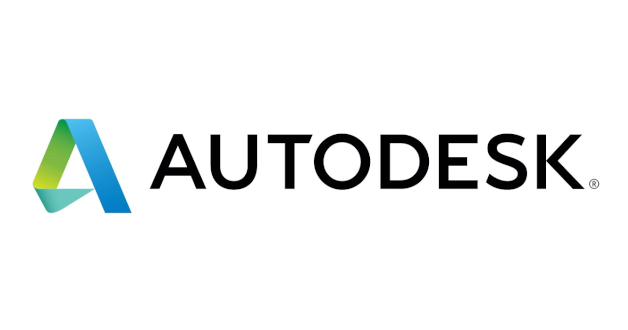
Analysts predict an EPS of $2.12, indicating a year-over-year increase of 1.9%.
Projected revenue for the quarter is approximately $1.56 billion, a 10.5% increase from the previous year.
Financial ratios such as a P/E ratio of 64.45 and a debt-to-equity ratio of 0.95 highlight Autodesk’s market valuation and financial stability.
Autodesk, Inc. (NASDAQ:ADSK) is a leading software company known for its design and engineering software, widely used in industries like architecture, construction, and manufacturing. As it prepares to release its quarterly earnings on November 26, 2024, analysts are closely watching its financial performance. Autodesk competes with companies like Adobe and Dassault Systèmes in the software industry.
Wall Street analysts estimate Autodesk’s earnings per share (EPS) to be $2.12 for the upcoming quarter. However, the company is expected to report an EPS of $2.11, reflecting a year-over-year increase of 1.9%. This slight difference in estimates highlights the importance of accurate earnings projections, as changes can significantly impact investor reactions, as highlighted by empirical studies.
Autodesk’s projected revenue for the quarter is approximately $1.56 billion, marking a 10.5% increase compared to the same quarter last year. This growth indicates strong performance in its core markets. The company’s price-to-sales ratio of 11.70 suggests that the market values Autodesk at nearly 12 times its annual sales, reflecting investor confidence in its revenue-generating capabilities.
Despite a high price-to-earnings (P/E) ratio of 64.45, Autodesk’s earnings yield stands at 1.55%, providing a measure of return on investment. The enterprise value to sales ratio is slightly higher at 11.89, indicating the company’s total valuation in relation to its sales. These metrics suggest that investors are optimistic about Autodesk’s future growth prospects.
Autodesk’s debt-to-equity ratio of 0.95 shows it has slightly less debt than equity, which is a positive sign for financial stability. However, the current ratio of 0.64 suggests potential challenges in covering short-term liabilities with short-term assets. This could be a point of concern for investors, as it may impact the company’s liquidity position.

